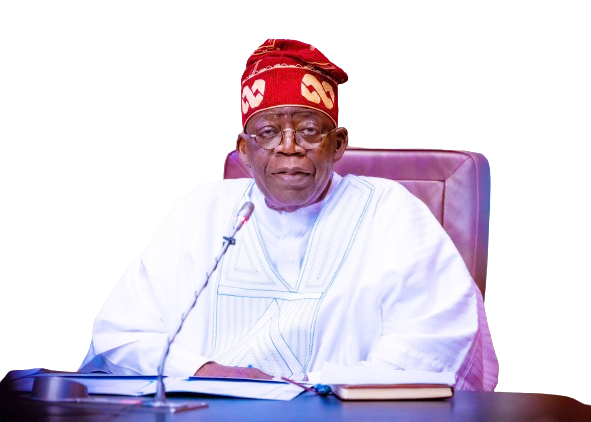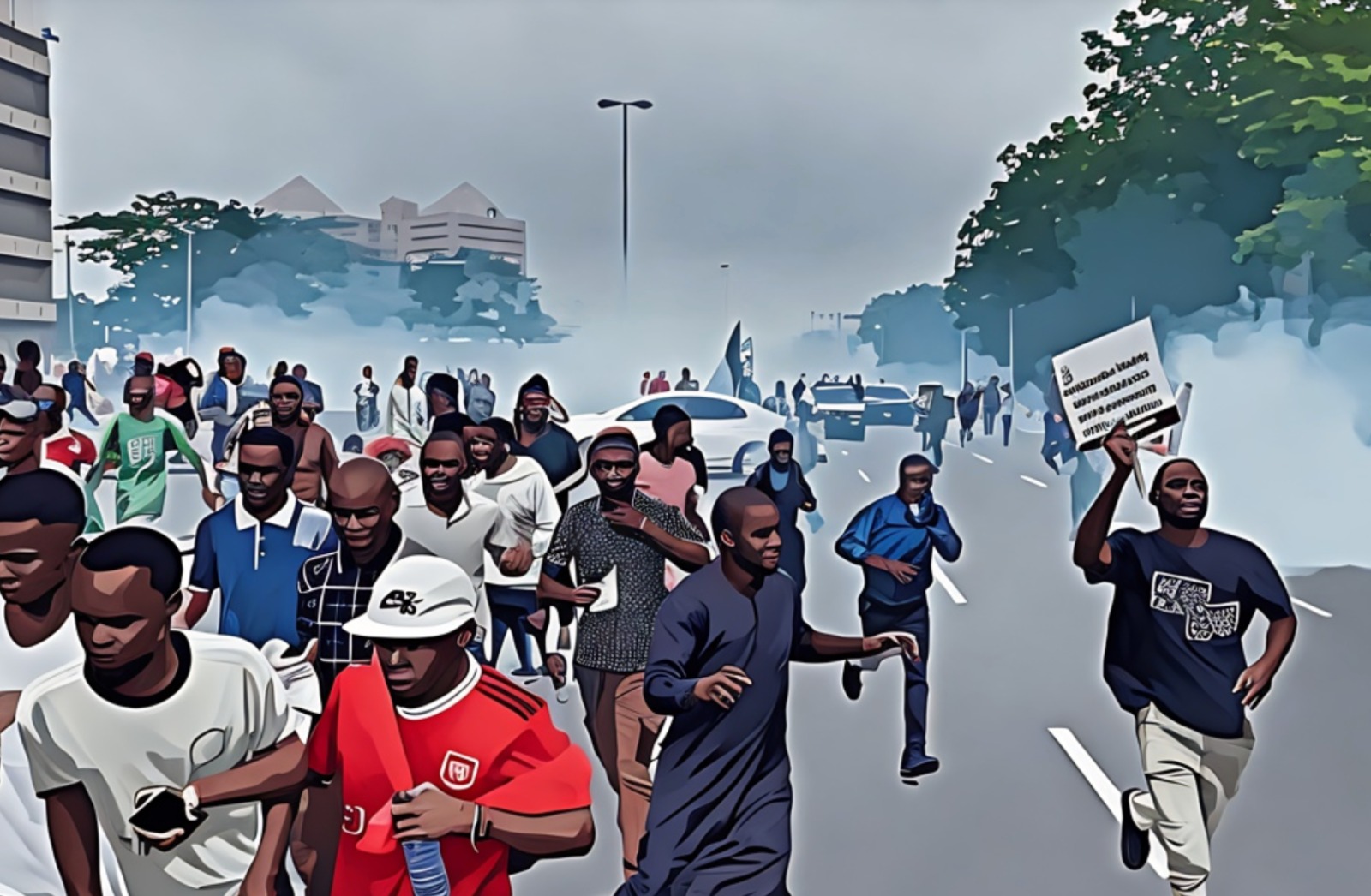
Since there are no jobs, I learned fashion designing to keep up with life and pay my bills. A lot needs to be done by our government to create more jobs and make the Nigerian environment conducive for small businesses to thrive
Is the Two-Year Post-Graduation Repayment Time Feasible? Is there a job portal for graduates or envisaged loan beneficiaries? thePlenary examines these issues
“One of the earliest introductions of the concept of a national student loan scheme as we know it today emerged in Colombia in 1951 and is still in operation.
In 1958, the United States government passed the National Defense Education Act (NDEA), which provided low-interest loans for students in fields like sciences, engineering, and teaching.
The NDEA loan programme evolved to become the Federal Direct loan programme, which allowed students to borrow directly from the US Department of Education.
However, in America, the US loan system has been widely criticized as ‘evil’ and ‘horrible’ over the years due to prolonged struggles to repay the loans.
As of January 2021, around 45 million Americans were in student loan debt with the total loan debt amount valued at around $!.8 trillion.
According to a study conducted by Research.com, today, the average university-educated American spends about 10-30years post-graduation paying student loans. This has led to the emigration of young Americans to Europe in search of cheap tuition.
On the African continent, the student loan scheme was introduced in Ghana in 1971 but was abolished the following year as a result of a change in government following the January 1972 coup d’état, which ousted the democratically elected government of Dr Kofi Busia.
Nigeria also launched its student loan scheme in 1972 with Decree No. 25 of general Yakubu Gowon’s regime establishing the student’s loan board. The board provided loans amounting to N46 million between 1973 and 1991 but had various challenges, especially regarding the recovery of loans with over N40 million still yet to be repaid as of today.
This led to the promulgation of a new decree, Decree No. 12 1988, which aimed to decentralize the process of awarding and recovering loans through the creation of regional offices.
The National Education Bank (EDUBANK) following the promulgation of Decree 50 of 1993 replaced the student’s loan board. Like many other projects that have been announced over the years in Nigeria, the EDUBANK project did not see the light of the day”
The above brief history of the student’s loan laws across different societies, show a recurring issue in the area of loan recovery and/or payment.
President Bola Tinubu on Wednesday, April 3, 2024, signed into law the Student’s Loans (Access to Higher Education) (Repeal and Re-enactment) Bill, 2024. It was perhaps to put the overall interest of the students that the Student Loan Act 2023, was repealed and amended.
The new act wrought some changes, including issues of eligibility and loan repayment. Under the new law, ‘the fund shall not initiate loan recovery efforts until two years after the completion of the National Youth Service Programme.
It is precisely the repayment time that has got stakeholders worried.
Whereas the statistics and /or computation of how the enablers of the law arrived at the two-year moratorium on repayment is not in the purview of the public, many seem agreed that the repayment period would only exist in aberration, due in large part to the searing unemployment ravaging the country.
In a 2016 Nigeria Graduate Report survey conducted by Stutern.com, in close partnership with Jobberman.com and budgitt Co., Dr. Obiageli Ezekwesili, writing in the foreword, said
“The pandemic scale of joblessness among youths is the number one priority issue that one believes countries around a more insecure and fragile world should strive to tackle. In no country is effective policy response to youth unemployment more necessary than in Africa and in no country is it more desperate than Nigeria.
According to the Nigerian Bureau of Statistics, the general rate of unemployment as at third quarter of 2016 stood at 13.6% while underemployment rate was 19.7%. At the cumulative unemployment rate and underemployment rate of 33%, the problem of lack of jobs I a currently poorly performing economy should be a matter of deep concern to all”
“The report Nigerian Youth Employment Action Plan 2021-24 of the Federal Ministry of Youth and Sports Development published in August 2021, confirms that unemployment rates are increasing.
According to the report, “As of 2020 (Q2), youth unemployment (15-34 years old) stood at 35%. A further 28% of young people in the labour force were considered underemployed (working 20-39 hours a week) and 37% were working full time (40 or more hours per week)
The report further says that a precise estimate of the impact of COVID-19 on Nigeria’s labour market is not yet available, but the pandemic is expected to have put additional strain on youth labour”
In March 2022, it was reported that the Executive Secretary of the National Board for Technical Education (NBTE), Idris Muhammad Bugaje, revealed that unemployed young Nigerians and graduates have reached about 90 million.
While speaking at the Annual General Meeting of the Science and Technology Forum (STF) in Kaduna, that year, Bugaje said
“As we speak, the unemployment rates in the country are alarming because there are about 90 million unemployed youths in the country and the majority of them obtained their degrees but without jobs.
In dire truth, ‘ the status of the seemingly saturated Nigerian labour market leaves most graduates frustrated. The situation has been gradually declining over the past almost 20 years’.
Perhaps the government may have to do a rethink on the REPAYMENT PERIOD FOR STUDENT’S LOAN. Stakeholders, posit a 5-10 year moratorium or a stipulated five-year repayment time.
The case of Isabella Okoro provides ample evidence that supports a five-year moratorium.
“Isabella Okoro, who graduated with a degree in Human Physiology from the Nnamdi Azikiwe University in Awka, Anambra State, five years ago, has taken up fashion designing while still searching for a white-collar job. She said
“Since there are no jobs, I learned fashion designing to keep up with life and pay my bills. A lot needs to be done by our government to create more jobs and make the Nigerian environment conducive for small businesses to thrive”
It would not be surprising to find millions of graduates in Nigeria with longer wait time for jobs than Okoro.
But there is more. Does the government have an employment portal for graduates, especially those envisaged to become beneficiaries or there is there a plan for that?
“Okafor Izuchukwu Azuka, an anatomy lecturer at Nnamdi Azikiwe University, decried the poor data gathering in Nigeria.
“If you take a little sample of people, ask if they have opened a Nigerian portal where they have to declare if employed or not and when they eventually gained employment (you will find that) no organization does that. So, projections in Nigeria are made from the last population census conducted in 2006 and, since then, the population has been booming”
such a portal would afford government a little more teeth to monitor beneficiaries and scientifically oversee three critical provisions in the law, which are
-A beneficiary may request an extension of enforcement action by the Fund by providing a sworn affidavit indicating that he/she is not employed in any capacity and is not receiving any income
-Only a person who provides a false statement to the fund under this section is guilty of a felony and is liable to imprisonment for three years
-Makes provision for loan forgiveness in the event of death or acts of God causing inability to repay.
Related Articles

When Politics Summons the gods: Why Nigerians keep mistaking performance for progress.
In a country where politics often borrows the language of the sacred, even conflict becomes performance. From libations to masquerades, the Akpabio saga has once again turned public attention from policy to spectacle. Sometimes I think we Nigerians love drama more...

How the Nigerian Protester Became the Oppressor
In the 1990s, Bola Ahmed Tinubu’s name was synonymous with defiance. Through NADECO, he helped rally voices against military rule. The man who once thundered against dictatorship, who wore the badge of democracy’s martyr with pride, was celebrated as a symbol of...

How the Nigerian Protester Became the Oppressor
In the 1990s, Bola Ahmed Tinubu’s name was synonymous with defiance. Through NADECO, he helped rally voices against military rule. The man who once thundered against dictatorship, who wore the badge of democracy’s martyr with pride, was celebrated as a symbol of...

0 Comments